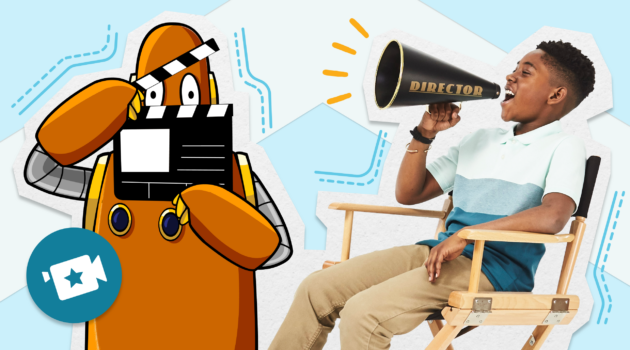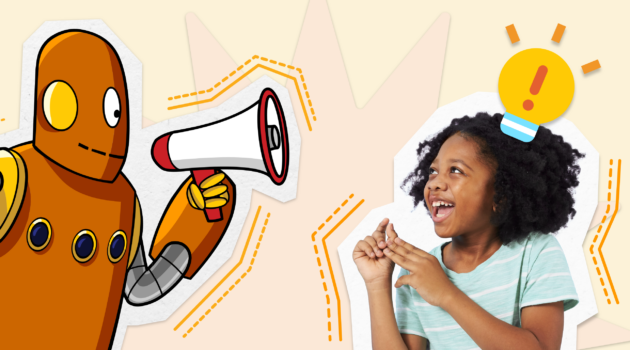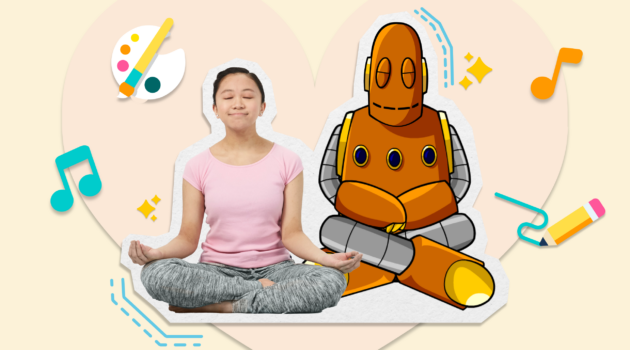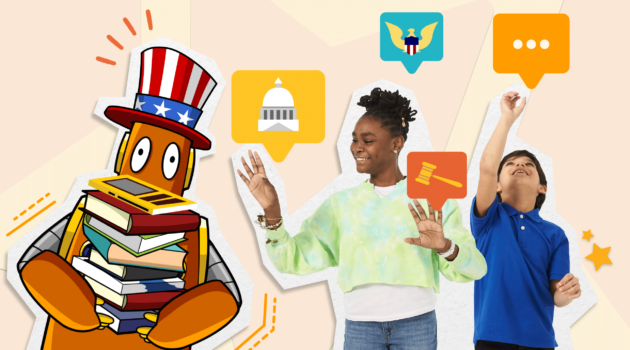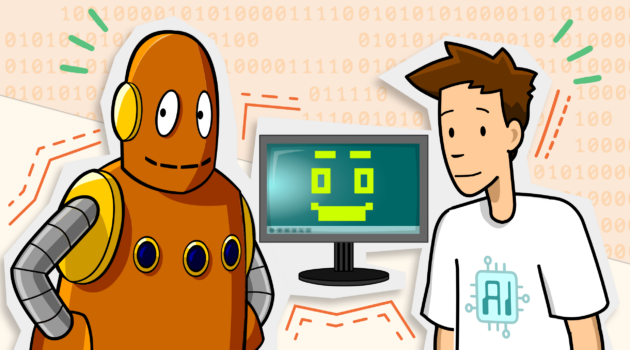Teaching Strategies
Give Active Learning a Boost with Background Knowledge
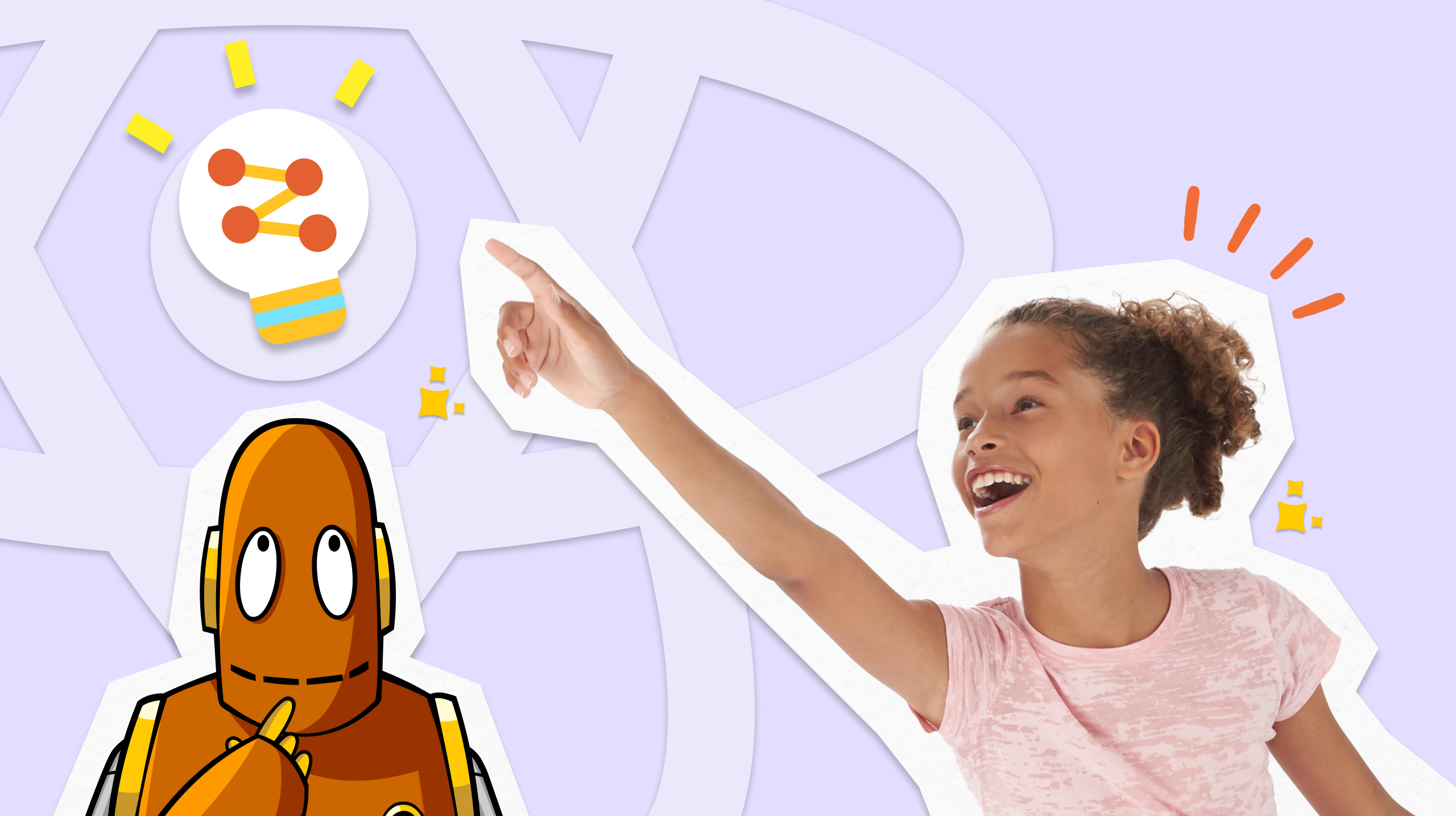
Education has come a long way from seeing learning as simply a passive process. The idea that learning is “constructed” by the learner, or rather actively built, emerged over a century ago. Since then, the power of “active learning” has been expanded upon and validated by researchers for the past 50 years.
Recently, active learning has received even more attention as a central theme in the US government’s 2024 National Educational Technology Plan (NETP). The plan advises on the use of technology in learning and emphasizes the importance of active learning as a key strategy for addressing student success through engagement and motivation.
What is active learning?
Although there are many ways to define it, active learning is anything that allows students to be involved in how they make meaning and produce thoughts, rather than passively receiving information.
Active learning is a key to student success: it improves student engagement and motivation, and activates the cognitive functions that make learning stick. Through active learning, students build both knowledge and understanding, and can then apply this knowledge to new contexts and problems.
As technology becomes the norm in classrooms, encouraging active learning through edtech tools becomes even more critical. Ensuring students are actively building background knowledge, solving problems, and constructing their own learning with technology can really shape their success.
Administrators, is your school’s technology set up for active learning? Use this checklist to see.
What is the role of background knowledge in active learning?
Building background knowledge benefits your top classroom goals and gives your active learning strategies a boost. The more background knowledge students have, the more connections they can make between what they know and what they don’t. These connections help them comprehend complex topics more easily, and feel engaged and interested in what they’re learning.
Another way of saying this is simply: background knowledge is the foundation students need. Trying to understand complex new information without it is like building a house of cards.
With more background knowledge, students have better opportunities to:
- Comprehend new information, because they have a larger framework to connect new ideas to existing understanding.
- Engage in critical thinking because they have the necessary knowledge to analyze, evaluate, and synthesize information.
- Actively participate in discussions and feel more confident in asking questions and joining activities.
Download our guide on how to strengthen student comprehension through background knowledge.
How to incorporate active learning strategies in your classroom
The best way to incorporate more active learning in your classroom can start with how students build their background knowledge. The process itself doesn’t have to be passive, and ideally is active and engaging.
When considering how you build background knowledge and assess understanding, look for opportunities that encourage students to analyze, synthesize and apply their knowledge. This will inspire more engagement, interaction, and deeper understanding, so students are no longer memorizing facts but activating their higher-order thinking skills.
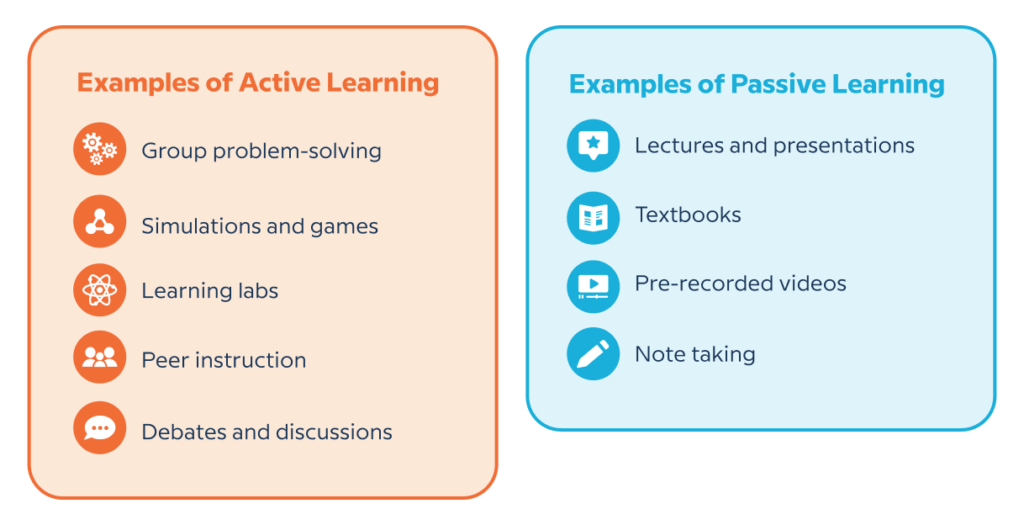
Try these active learning strategies for building background knowledge:
Utilizing multimedia resources
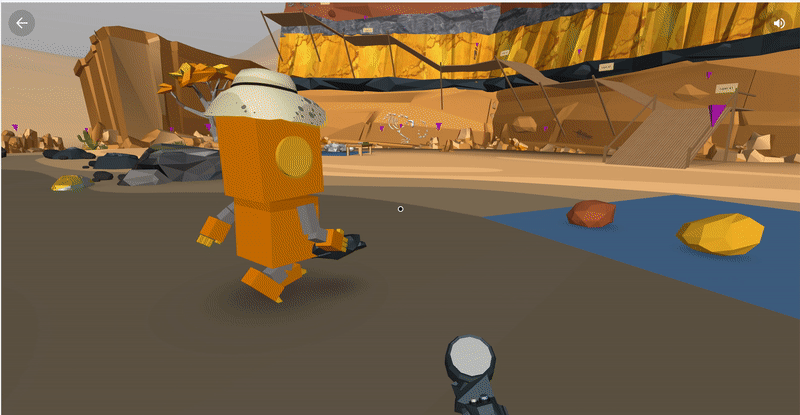
Engage students with multimedia resources like videos, simulations, and interactive games that bring concepts to life. With BrainPOP products, you can:
- Watch BrainPOP (3-8) or BrainPOP Jr. movies to introduce new vocabulary and build content knowledge across the curriculum.
- Assign a movie with Pause Points in BrainPOP (3-8) to encourage comprehension and assess understanding during the watching process.
- Explore a 3D World in BrainPOP Science to interact with real-world phenomena and collect observations.
- Listen to Sound Bytes in BrainPOP Science to build background knowledge through science history and trivia in an audio format.
Encouraging exploration and inquiry
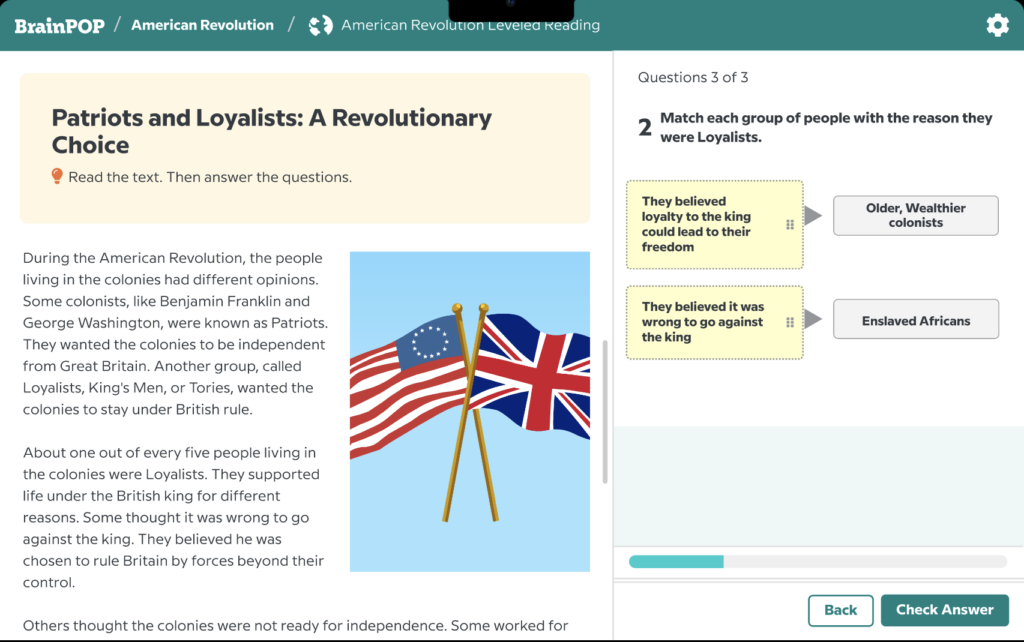
Provide opportunities for students to research topics that interest them, fostering a sense of ownership and curiosity:
- Encourage students to explore other related topics in BrainPOP (3-8) and BrainPOP Jr. on their own.
- Assign a Leveled Reading in BrainPOP (3-8) so students can read high-interest texts, building vocabulary and deeper knowledge on a topic.
- Assign a BrainPOP Science investigation where students write their own claims answering a curious, relatable guiding question.
Promote discussion and collaboration
Create spaces for students to share their knowledge, ask questions, and learn from each other:
- Use the creative tools on BrainPOP (3-8) (Make-a-Movie or Creative Coding) as summative assessments for students to show what they know.
- Complete Engineering Projects in BrainPOP Science in small groups so students can brainstorm, design, and iterate hand-made solutions to real-world problems.
Tools like BrainPOP (3-8), BrainPOP Jr., and BrainPOP Science can all be used in different ways to support active learning strategies while building core background knowledge. To try our products, sign up for a Sneak Peek or a sample Science investigation.
Choosing edtech tools that empower active learning for all learners
As the use of technology becomes more common in classrooms, educators have even more responsibility to use edtech tools mindfully, and in a way that promotes active learning, rather than passive consumption.
Here at BrainPOP, we are alway considering how our products can be even more intentionally designed to empower all learners and promote active learning.
The Universal Design for Learning (UDL) framework is a guiding framework for our learning design team and can also be a starting point for how you select and implement edtech tools that promote active learning.
What is UDL and its design? Learn more about it in this quick guide.
By embracing the power of technology, and prioritizing building background knowledge and active learning in classrooms, we can create more engaging and effective learning experiences for all students.
Jinn Liu is the Creative Manager of Copy and Content at BrainPOP. She has a Bachelor’s in Communications and currently lives in New York City. She is a creator, writer, and lifelong learner.


